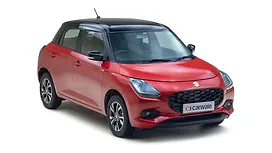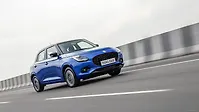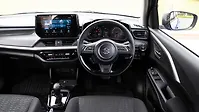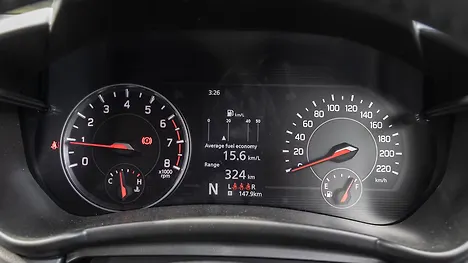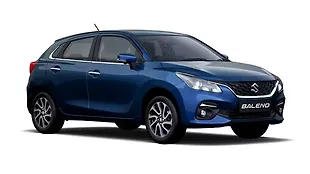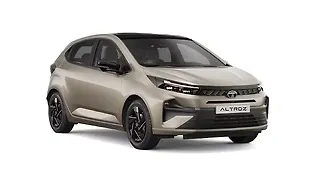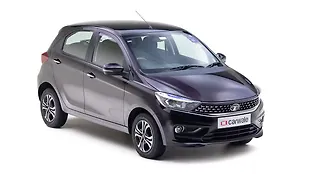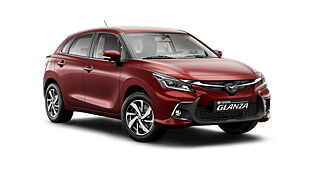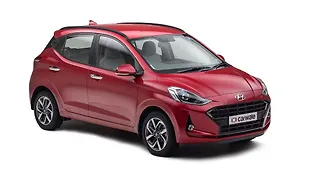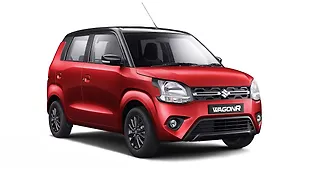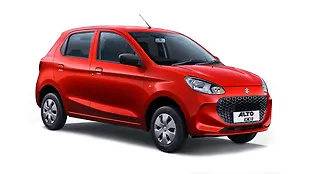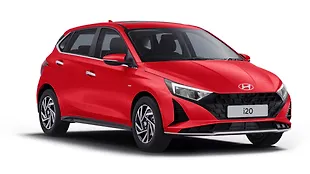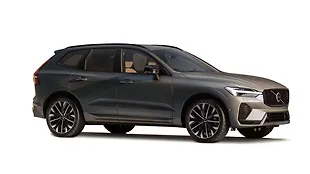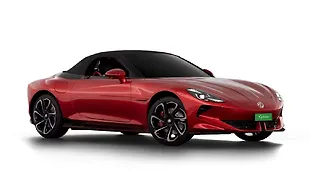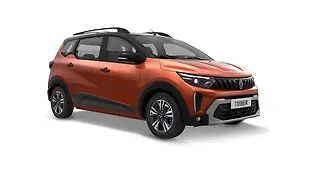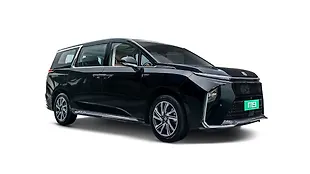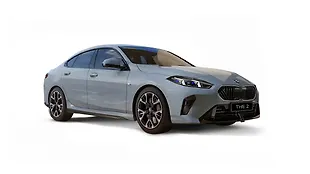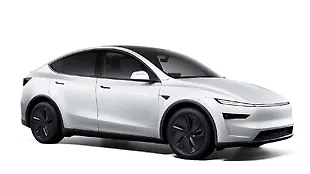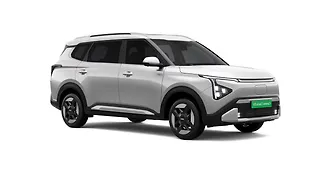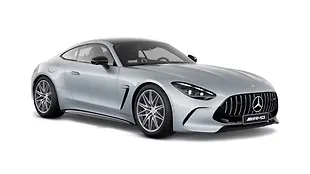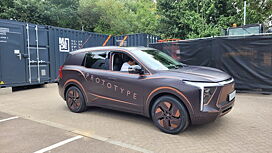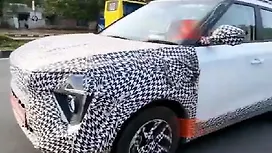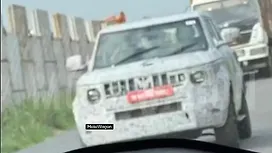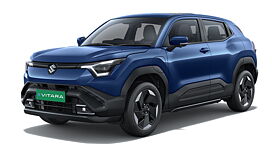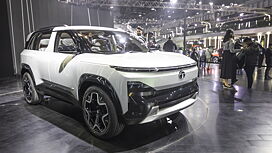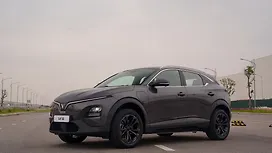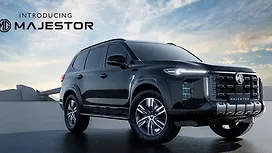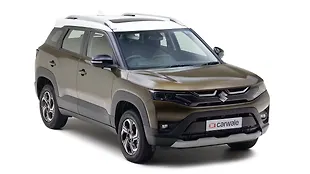Introduction
![Mahindra Bolero [2000-2007] Wheel Mahindra Bolero [2000-2007] Wheel](https://imgd.aeplcdn.com/0x0/statics/grey.gif)
A used car inspection is an informed check of the vehicle's physical condition, paperwork, and mechanical performance. It’s an important step since it helps spot any hidden issues before one buys a used car. Here’s a guide on what used car inspection involves and why it matters.
1. Exterior Inspection
Check the exterior of the car closely for dents, scratches, rust spots, mismatched paint, or misaligned doors/panels that hint at past accidents or repairs. Examine the condition of the tyres to see if the tread depth is even. Uneven wear can mean suspension or alignment problems. Also, test all lights, indicators, and exterior mirrors to make sure they are working properly.
2. Interior Inspection
A clean and well-maintained cabin shows the care taken by the previous owner. During a used car check, examine the seats, carpets, dashboard, and door panels for wear and tear, stains, or damage. Try all the electrical controls, like power windows, AC, infotainment system, and seat adjusters, to see if they function smoothly. Remember to check the odometer reading to see if the car’s mileage is in line with its age.
3. Engine and Mechanical Components
Open the bonnet and take a good look at the engine. Start the car and listen carefully for odd noises like knocking or rattling. Examine the engine oil, coolant, and brake fluid levels. If you spot leaks or cracked hoses, it’s a red flag. Also, run a car battery check for corrosion on terminals and see how easily the car starts.
4. Test Drive
It’s important to take a test drive. This is your chance to experience how the car performs on the road. During the drive, notice the smoothness of gear shifts, ease of steering, and how responsive the brakes are. Pay attention to any vibrations, jerks, or strange noises. Also, check how well the clutch and suspension handle different driving conditions.
5. Undercarriage and Chassis
Getting the underbody checked is vital. Ideally, it’s done by lifting the car at a service centre. Look for rust, cracks, or damage on the chassis and undercarriage. A damaged frame can affect the safety of the vehicle. Also, inspect the exhaust system for holes or rust. Remember, damage repairs can be expensive.
6. Documentation Verification
Make sure the car's Registration Certificate (RC) matches the seller's name, and that the chassis and engine numbers match those on the RC. Look for a valid Pollution Under Control (PUC) certificate and check the insurance policy’s validity and type of coverage. If the car was under loan, ask for the NOC (No Objection Certificate) from the bank. This helps you avoid any legal troubles later.
7. Service and Maintenance Records
A car with a full service history is usually a safer bet. Insist on maintenance records to know if the car was serviced regularly and at authorised service centres. These records also show if major repairs or part replacements were carried out, possibly reducing future expenses.
8. Ownership and Legal Checks
Check how many people have owned the car before you. Fewer owners usually mean better care, and more owners will have a downward effect on the price. Also, confirm if there are any pending challans, legal disputes, or a history of accidents attached to the vehicle.
9. Professional Inspection Services
If you’re unsure about checking everything yourself, have a professional inspect the car. Certified mechanics or inspection companies offer unbiased opinions and often provide detailed reports on the car's condition. For example, CarWale’s Used Car Inspection service - ‘SteerEasy’. It provides a detailed report by trained professionals who evaluate the car for various checks. It’s convenient, reliable, and can help you make a confident purchase.
10. Final Negotiation and Decision
Once the inspection is done, use the findings to negotiate a fair price. If minor repairs are needed, factor them into the deal. Ensure everything discussed is put in writing, including what’s covered and what’s not; it can save you a lot of stress later.
Conclusion
A proper used car inspection is not just a routine check. It’s your safety net to prevent your experience from going sideways. Whether you do it yourself or use a professional service, it ensures you don’t get scammed.

